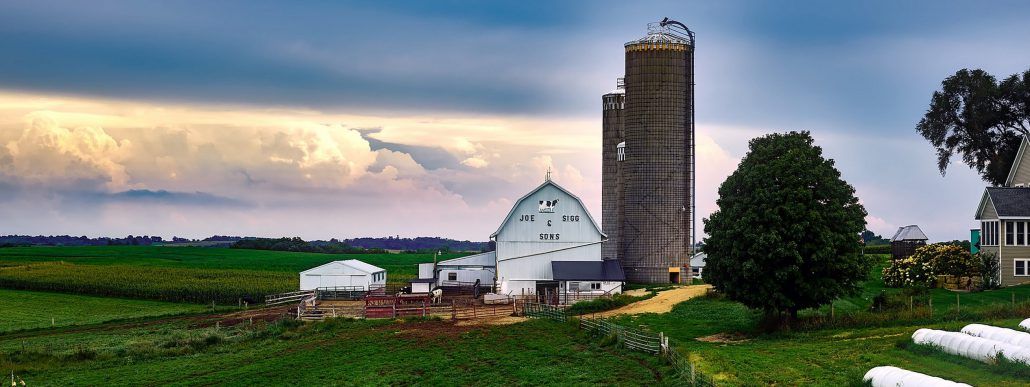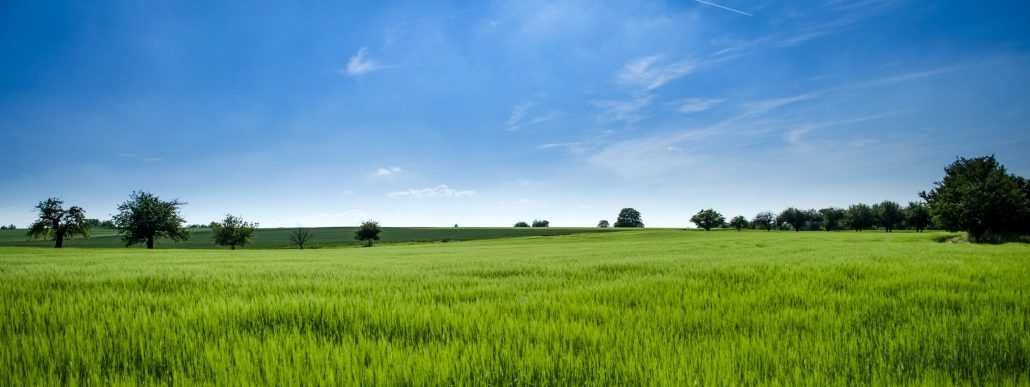There is often a gap between what is known and what is practiced. It is a gap which has been recognised by Jeffrey Pfeffer and Robert Sutton1, lecturers and researchers at Stanford University, which they call the knowing-doing gap. I think this gap is especially prevalent in agriculture.
Various research is done throughout the world with regards to agriculture, focusing on developing best practices, new technologies, new ideas, more productive and efficient processes, more environmentally friendly practices, more socially acceptable practices and much more. A lot of these new ideas and research are incorporated into farming practices, but many remain as good ideas or irrelevant research. Why is this?
The reasons for such a gap are numerous, the greatest of which, I believe, is the breakdown in communication between the people developing the “knowing” and the people implementing the “doing”. A lot of the time the farmers who have the power to implement new and improved practices just do not know about them. Or, if they have heard of them, it has been communicated in a manner that makes it seem implausible, impractical or unprofitable to implement. This leaves researchers frustrated, as they may feel that their research is being ignored, whereas farmers are frustrated as they cannot relate to much of the latest research. At the end of the day it is a lose-lose situation.
Some of the other reasons that Pfeffer and Sutton mentioned are the fact that many people seem to equate talking with action. Just because a person speaks of something, does not mean they have implemented it. Many times people do things out of memory, rather than thinking about how, and why, they do it. It is important to consider various current practices, and critically assess them against new ideas and practices. Progress does not happen through continuing to implement things for the reason of it always having been done that way.
Fear is a powerful factor in decision-making, as the unknown of new practices creates uncertainty. Courage is required to make decisions which go against the norms, but these new practices are often what are necessary to take the step to greater productivity and efficiency. Measuring various indicators helps to focus attention on what is being measured. It is important to identify indicators which will help facilitate decision-making based on the response of these indicators to management practices. Measurement helps to ensure adaptive management. This helps to build on positive practices, and to scrap negative ones which are not efficient. In order for this to be effective, a farmer needs to be open to new practices and ideas. Measurement can help turn knowing into doing.
It is important for both researchers and farmers to acknowledge that this gap exists. Researchers should focus on doing relevant research, as well as finding ways to communicate their findings in a manner that farmers can understand and relate to. Farmers need to be aware of this gap as there are a lot of good practices available to them which can make their farms more productive. Farmers should be open to new ideas and critically assess them to see whether they are practical, and possibly beneficial, on their specific farm.
References:
- Pfeffer J & Suttin RI. 2000. The knowing-doing gap: How smart companies turn knowledge into action. Harvard Business Press.
- A carbon footprint assessment for pasture-based dairy farming systems in South Africa - 2024-02-07
- What progress have farms participating with Trace & Save made over the past 10 years? - 2023-09-06
- Carbon footprint reduction over time: Lessons from pasture-based dairy farms in South Africa - 2023-09-04


